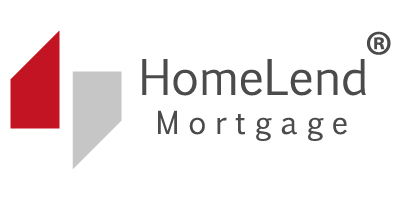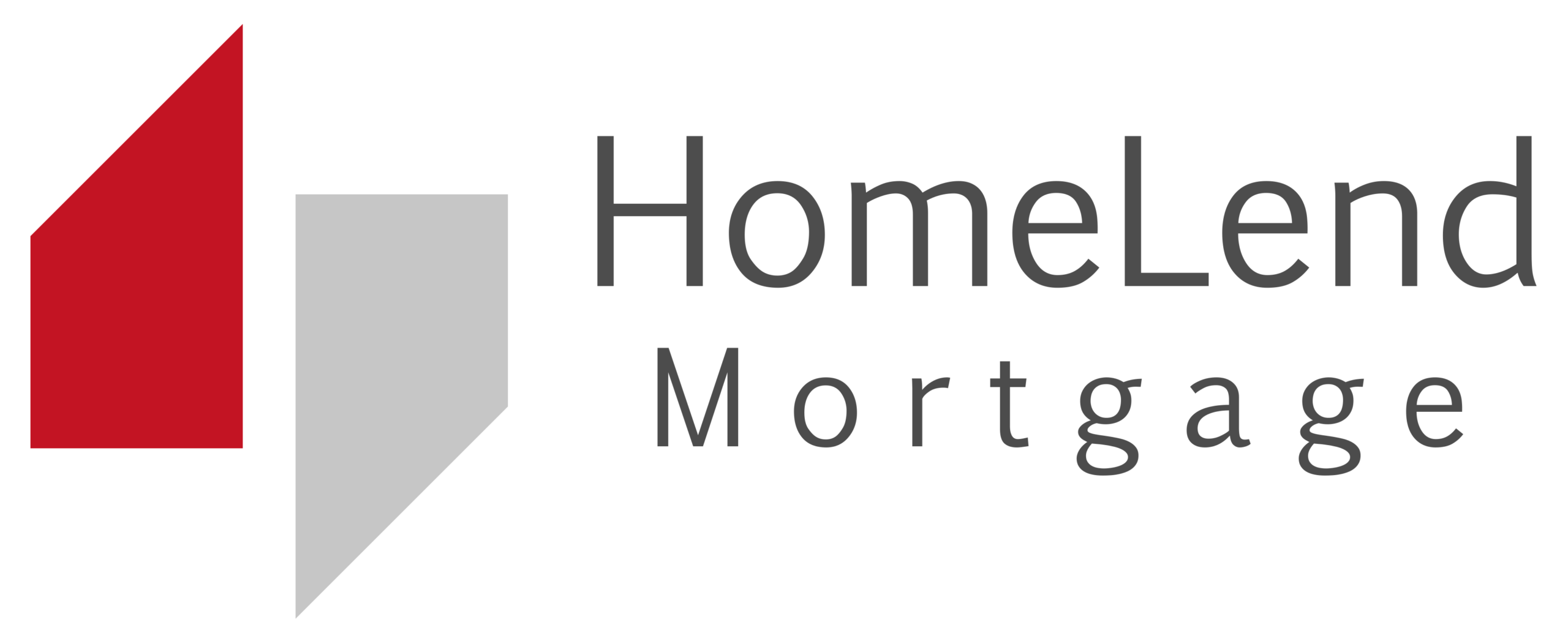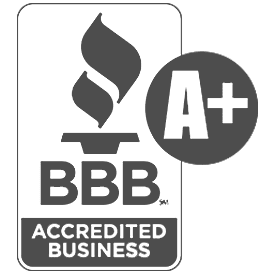Understanding the 7 Components of Your Mortgage Payment
Your monthly mortgage payment is likely one of the biggest line items in your budget, so it’s important to understand exactly what it covers. A mortgage payment is more than just repaying the loan—it includes a mix of fees, insurance, and other expenses that protect you and your lender. In this guide, we’ll break down the 7 essential components of a mortgage payment to give you a clear understanding of where your money goes each month and how it impacts your financial journey.
1. Principal
The principal is the original amount you borrowed to purchase your home. Each payment includes a portion that goes toward reducing this principal balance, effectively paying down your loan over time. Initially, a smaller percentage of your payment goes toward the principal, but as the loan progresses, this amount increases, bringing you closer to fully owning your home.
2. Interest
Interest is the cost you pay to borrow funds from your lender. Calculated as a percentage of your remaining loan balance, interest initially makes up a larger part of your monthly payment. Over time, however, as you reduce the principal, the interest amount decreases. This setup, known as amortization, means you pay less interest as you progress through the mortgage term.
3. Property Taxes
Property taxes are collected on behalf of your local government to fund essential community services. Your lender typically includes a portion of this tax in your monthly mortgage payment, holding it in an escrow account and paying the government when due. Property taxes are based on your home’s assessed value and the tax rate in your area, so they can fluctuate yearly.
4. Homeowners Insurance
Homeowners insurance is required by lenders to protect your property and their investment. This insurance covers repairs or rebuilding if your home is damaged by events like fire, severe weather, or theft. Much like property taxes, homeowners insurance premiums are usually held in escrow, with your lender making the payments. The cost varies based on coverage level, property features, and location.
5. Private Mortgage Insurance (PMI)
If you didn’t make a down payment of at least 20%, your lender might require Private Mortgage Insurance (PMI). PMI protects the lender if you fail to make payments. This insurance can add a noticeable cost to your monthly payment, but once you’ve built up 20% equity in your home, you can often request to have PMI removed. It’s a temporary cost for many borrowers but worth planning for in your budget.
6. Mortgage Insurance Premium (MIP) for FHA Loans
For borrowers with FHA loans, there’s a unique type of insurance called the Mortgage Insurance Premium (MIP). Unlike PMI, MIP has both an upfront and annual cost that may apply for the life of the loan. FHA loans often appeal to buyers with smaller down payments, so MIP acts as extra protection for the lender, enabling more borrowers to qualify.
7. HOA Fees (if applicable)
For properties in neighborhoods governed by a Homeowners Association (HOA), there are usually HOA fees to consider. These fees cover the maintenance and upkeep of shared spaces like gardens, clubhouses, or pools. While not directly included in your mortgage payment, HOA fees are an important part of your monthly housing expenses. These fees vary significantly based on the services and amenities provided by the HOA.
Conclusion
A mortgage payment has several moving parts, each contributing to the security and longevity of your homeownership. From principal and interest to taxes and insurance, understanding each component of your mortgage payment breakdown helps you manage your costs more effectively. Knowing what each part covers can also prepare you for potential adjustments over time, allowing you to make smarter financial decisions and stay on top of your mortgage journey with confidence.




